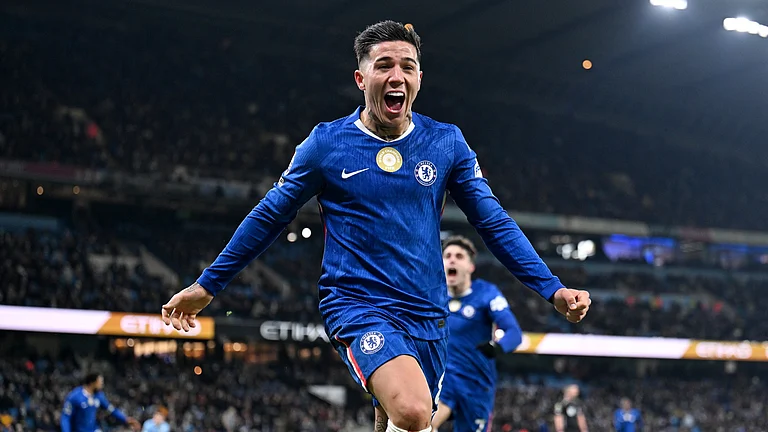Known as the ‘Land of High Passes’, the high altitude desert landscape of Ladakh has the Indus meander across the stark region. It has endless tracts of nothing but flat brown plateau, which yields to forbidding red, black and yellow mountains. This is peppered by emerald oases. The best time to visit is between April and July. So you should plan a trip right now.
WHITE SANDS OF NUBRA
The Nubra Valley lies between the Ladakh and Karakoram ranges, its borders touching Pakistan and China. It was on the Silk Route, but China put a stop to the caravans that passed along the Shyok and the Nubra rivers. Now, the double-humped Bactrian camels that roam the white sands near Hunder are the only reminder of the ancient trade route. Hunder, the last point up to which travellers are allowed to go, is a small village in a green valley, which is known for the white sand dunes that come a little before it (with a 4-wheel drive you could venture on to the dunes).
THE GOMPAS
Ladakh’s most imposing edifices are all monasteries. At Stakna, Shey or even Lamayuru (the oldest living gompa) you may be content to admire the massive hill-top complexes from a distance. But up-close the monasteries are full of ancient atmosphere and ritual as well as many artistic treasures. Do not miss the large Chon-Kor Maitreya at Thiksey. The main hall (du-khang) of the thriving Hemis Gompa is impressive but even the ruins of Basgo are arresting, and perhaps the greatest works of Ladakhi sacred art are the surviving murals on the crumbling 12th-century walls of Alchi.
FESTIVALS
One of the most colourful sights in the stark landscapes of Ladakh is the festival that happens here all year round. Every monastery has its own festival where masked dances alternate with ritual chanting — the most famous of these festivals is the one, which takes place at the Hemis gompa (late June/early July). For a complete list of monastery festivals check their tourism website. In addition to these festivals the Ladakh administration also organises the Ladakh Festival in September every year, in an attempt to boost the fag end of the Ladakh tourist season. The festival features dances from all over Ladakh, an archery competition and a polo competition that takes place on the Polo Ground in Leh. Losar, the Buddhist New Year, is a winter celebration.
THE FOOD
Ladakhi food has a lot in common with Tibetan cuisine but it doesn’t have to be all thukpa-momo. Ask for a thentuk — like a thukpa with small flour dumplings or a kothey — like fried momos but less greasy. Noodles abound of course and it won’t be long before you can tell your thankthuk (short, flat) from you laman (longer) with your eyes closed.
WILDLIFE
The Hemis High-Altitude National Park and the Changthang Cold Desert Wildlife Sanctuary are the two main designated wildlife areas in Ladakh, but wildlife can be found scattered all over the region. Some of the main species of mammals in the area are the bharal or blue sheep, the great Tibetan sheep, Tibetan antelope, serow, ibex, snow leopard, red fox and the Tibetan wild ass or the kiang. The lakes: Tso Kar, Tso Moriri and Pangong TsoÑare home to the great crested grebe, brahminy duck, bar-headed goose, the endangered black-necked crane and the ruddy shelduck.
PLAYING POLO
Generally associated with the rich and famous, polo is said to have originated in the Western Himalayas, possibly Baltistan and Gilgit, and is quite popular in Ladakh. According to legend, the game was introduced in Ladakh in the 17th century during the reign of King Sengge Namgyal whose mother was a Balti princess. In the Ladakhi version of polo, teams of six players compete against each other in a game that lasts for an hour. The game is part of Ladakh’s cultural fabric and almost every major village boasts a polo ground, called shagaran. The most enthusiastic games can be witnessed in Drass and in Chushot, a village close to Leh. But it is in Leh that the game has been institutionalised, where teams compete for the Ladakh Festival Cup during the Ladakh Festival in September.
RUINS
Chiktan is a small sleepy town, nestled in the middle of snow-covered mountains, and what you notice first about it are the lofty crumbling ruins of the Chiktan Fort (Chiktan-e-Rajikhar). The once majestic fort is now in ruins — its nine floors reduced to a few walls, but the view from the fort is spectacular. Chiktan is 30km from Sanjak, which is beyond Achinathang on the Khalatse-Batalik road. If you have the time, in Chiktan meet grand old man Mohammad Moussa, who’ll tell you tales about the fort.
KNOW BEFORE YOU GO
Ladakh is not for the acrophobic. The highest airport in the country is at Leh (3,505m); the Leh polo ground at 3,500m is said to be the highest in the world; the world’s highest observatory at 4,517m is in the village of Hanle. But Ladakh also has the dubious distinction of being the home of the world’s highest battlefield, that of Siachen at 6,300m, which is serviced by the world’s highest helipad at 6,400m. So if you come by air from the plains, you will have to spend some time acclimatizing to the altitude before attempting anything even slightly strenuous. Lack of oxygen in the air can cause breathlessness, lethargy, dizziness, headaches, nausea and insomnia. Take it easy for the first 24 hours, and be sure to drink plenty of water and aim for three to four litres a day. Leh’s water supply is notoriously unsanitary so only drink mineral water. Expect to go to the bathroom a lot. Avoid alcohol, if possible.





















